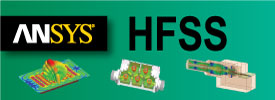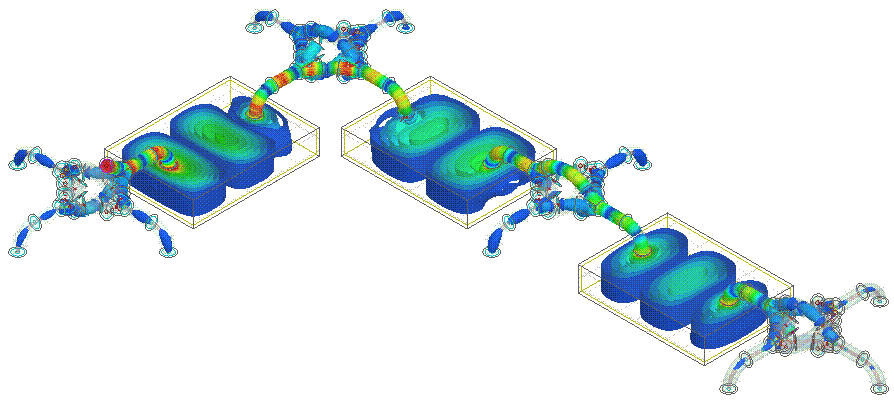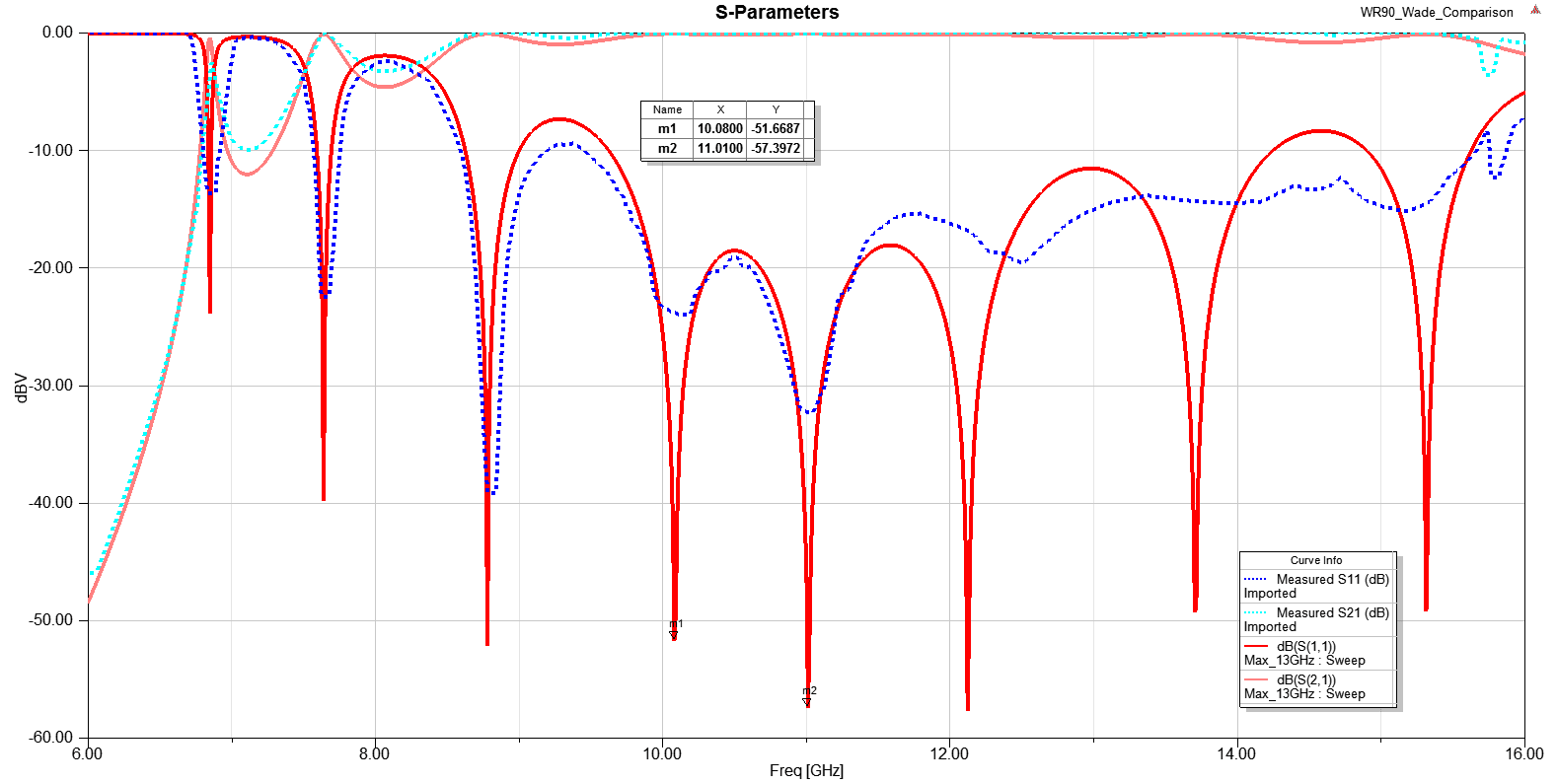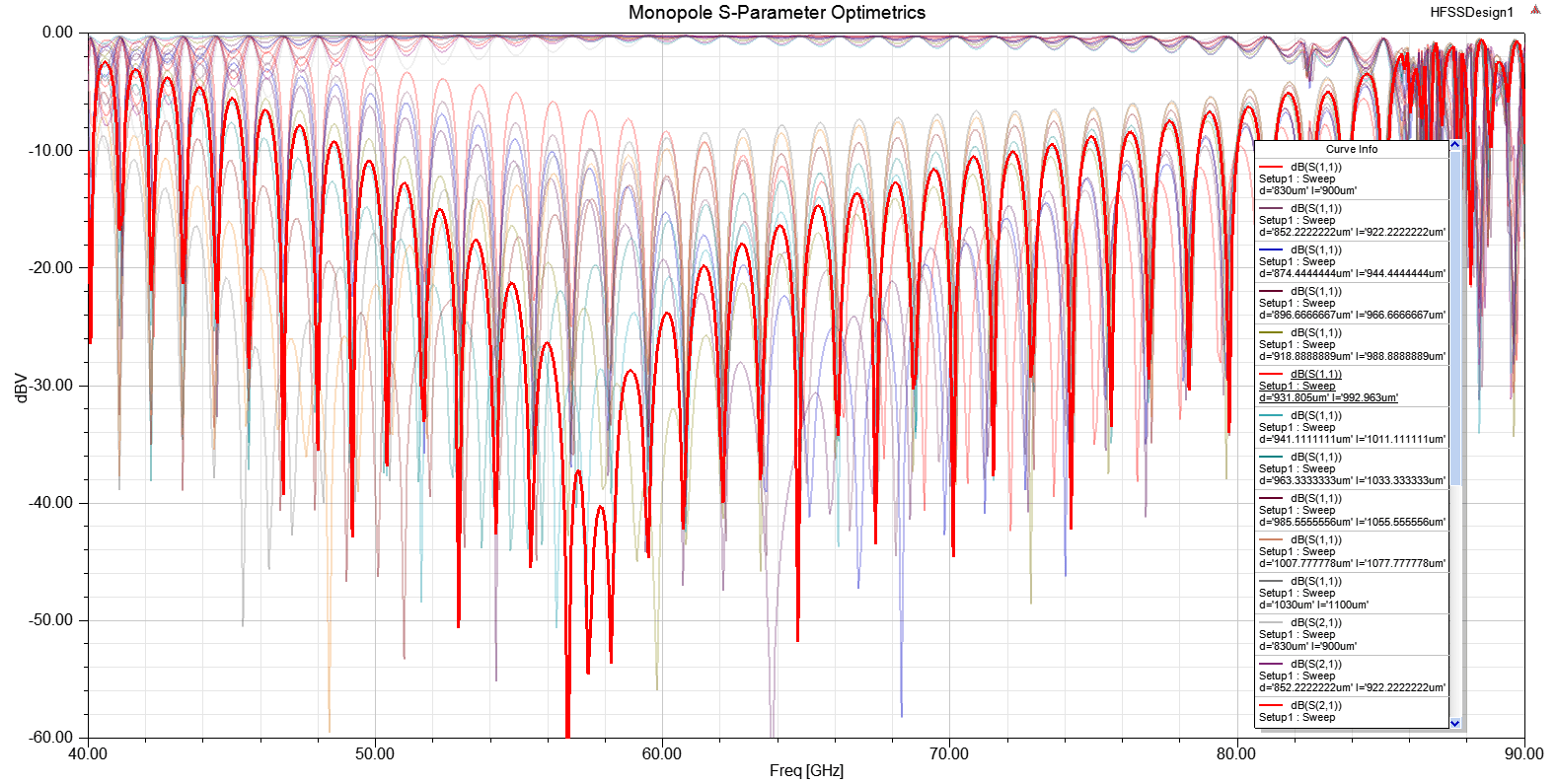I recently had the opportunity to present an interesting experimental research paper at DesignCon 2017, titled Replacing High-Speed Bottlenecks with PCB Superhighways. The motivation behind the research was to develop a new high-speed signaling system using rectangular waveguides, but the most exciting aspect for me personally was salvaging a (perhaps contentious) 70 year old first-principles electromagnetic model. While it took some time to really understand how to apply the mathematics to design, their application led to an exciting convergence of theory, simulation, and measurement.
One of the most critical aspects of the design was exciting the waveguide with a monopole probe antenna. Many different techniques have been developed to match the antenna impedance to the waveguide impedance at the desired frequency, as well as increase the bandwidth. Yet, all of them rely on assumptions and empirical measurement studies. Optimizing a design to nanometer precision empirically would be difficult at best and even if the answer was found it wouldn’t inherently reveal the physics. To solve this problem, we needed a first-principles model, a simulation tool that could quickly iterate designs accurately, and some measurements to validate the simulation methodology.
A rigorous first-principles model was developed by Robert Collin in 1960, but this solution has since been forgotten and replaced by simplified rules. Unfortunately, these simplified rules are unable to deliver an optimal design or offer any useful insight to the critical parameters. In fairness, Collin’s equations are difficult to implement in design and validating them with measurement would be tedious and expensive. Because of this, empirical measurements have been considered a faster and cheaper alternative. However, we wanted the best of both worlds… we wanted the best design, for the lowest cost, and we wanted the results quickly.
For this study, we used ANSYS HFSS to simulate our designs. Before exploring new designs, we first wanted to validate our simulation methodology by correlating results with available measurements. We were able to demonstrate a strong agreement between Collin’s theory, ANSYS HFSS simulation, and VNA measurement.
To perform a series of parametric studies, we swept thousands of antenna design iterations across a wide frequency range of 50 GHz for structures ranging from 50-100 guide wavelengths long. High-performance computing gave us the ability to solve return loss and insertion loss S-parameters within just a few minutes for each design iteration by distributing across 48 cores.
Finally, we used the lessons we learned from Collin’s equations and the parametric study to develop a new signaling system with probe antenna performance never before demonstrated. You can read the full DesignCon paper here:
The outcome also pertains to RF applications in addition to potentially addressing Signal Integrity concerns for future high-speed communication channels.
Rules-of-thumb are important to fast and practical design, but their application can many times be limited. Competitive innovation demands we explore beyond these limitations but the only way to match the speed and accuracy of design rules is to use simulations capable of offering fast design exploration with the same reliability as measurement. ANSYS HFSS gave us the ability to, not only optimize our design, but also teach us about the physics that explain our design and allow us to accurately predict the behavior of new innovative designs.























